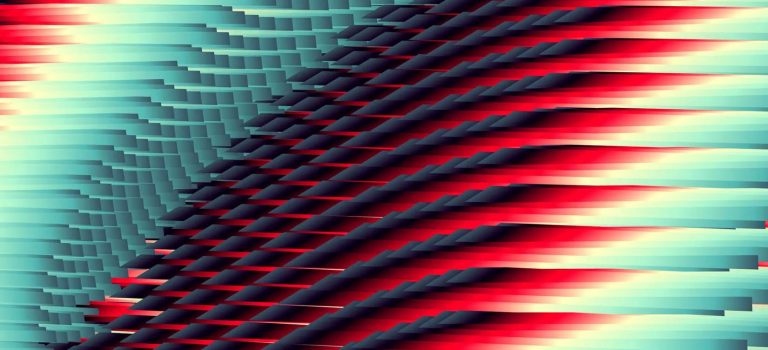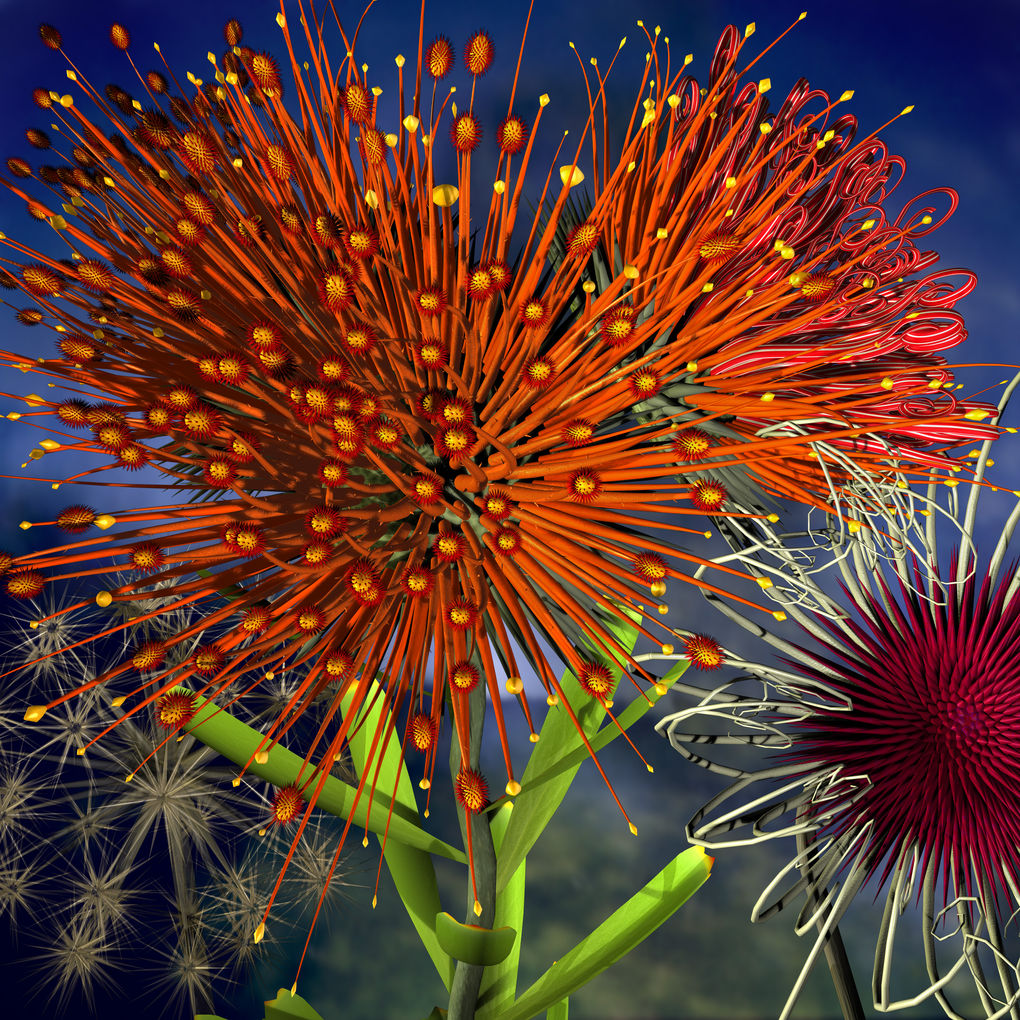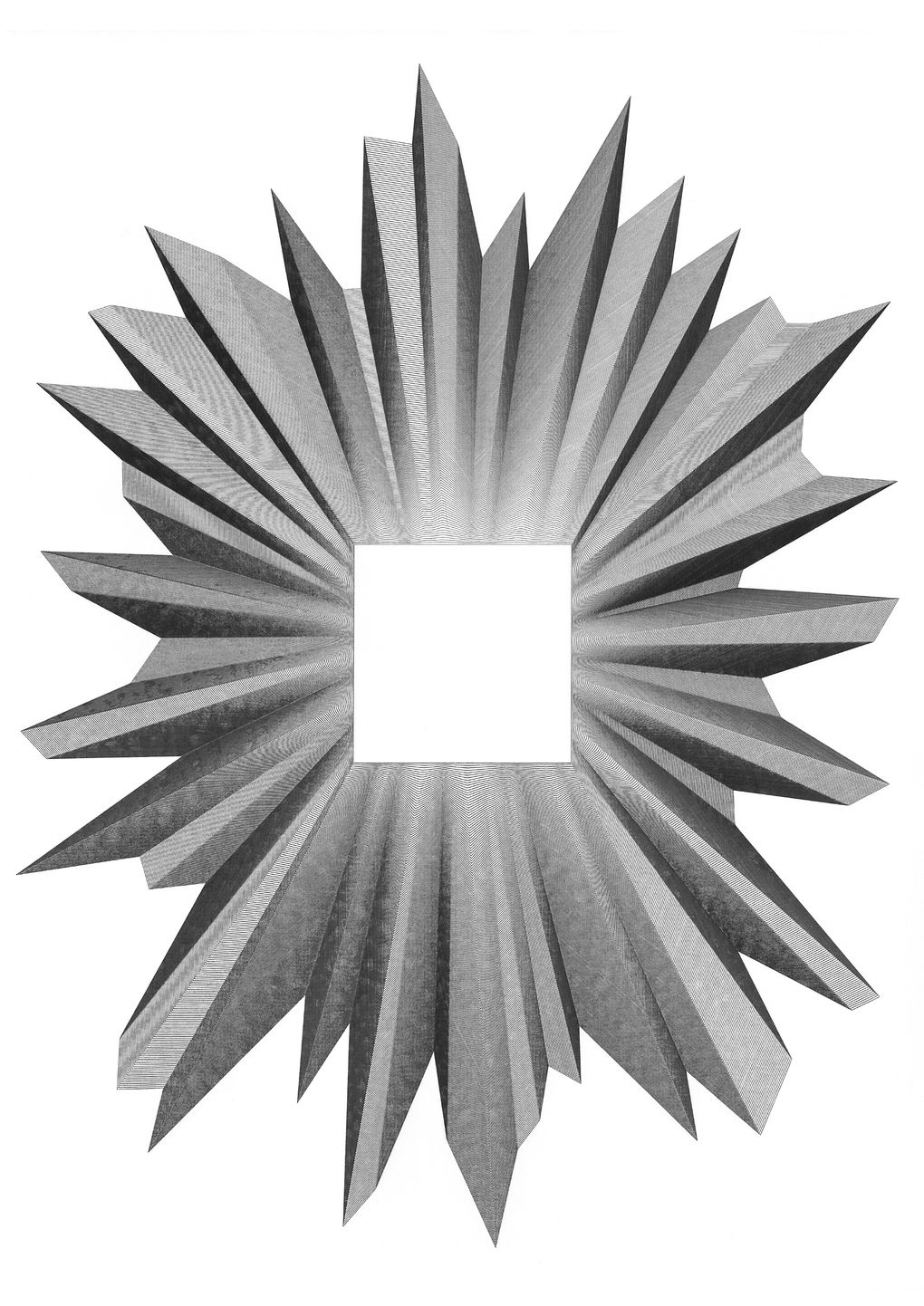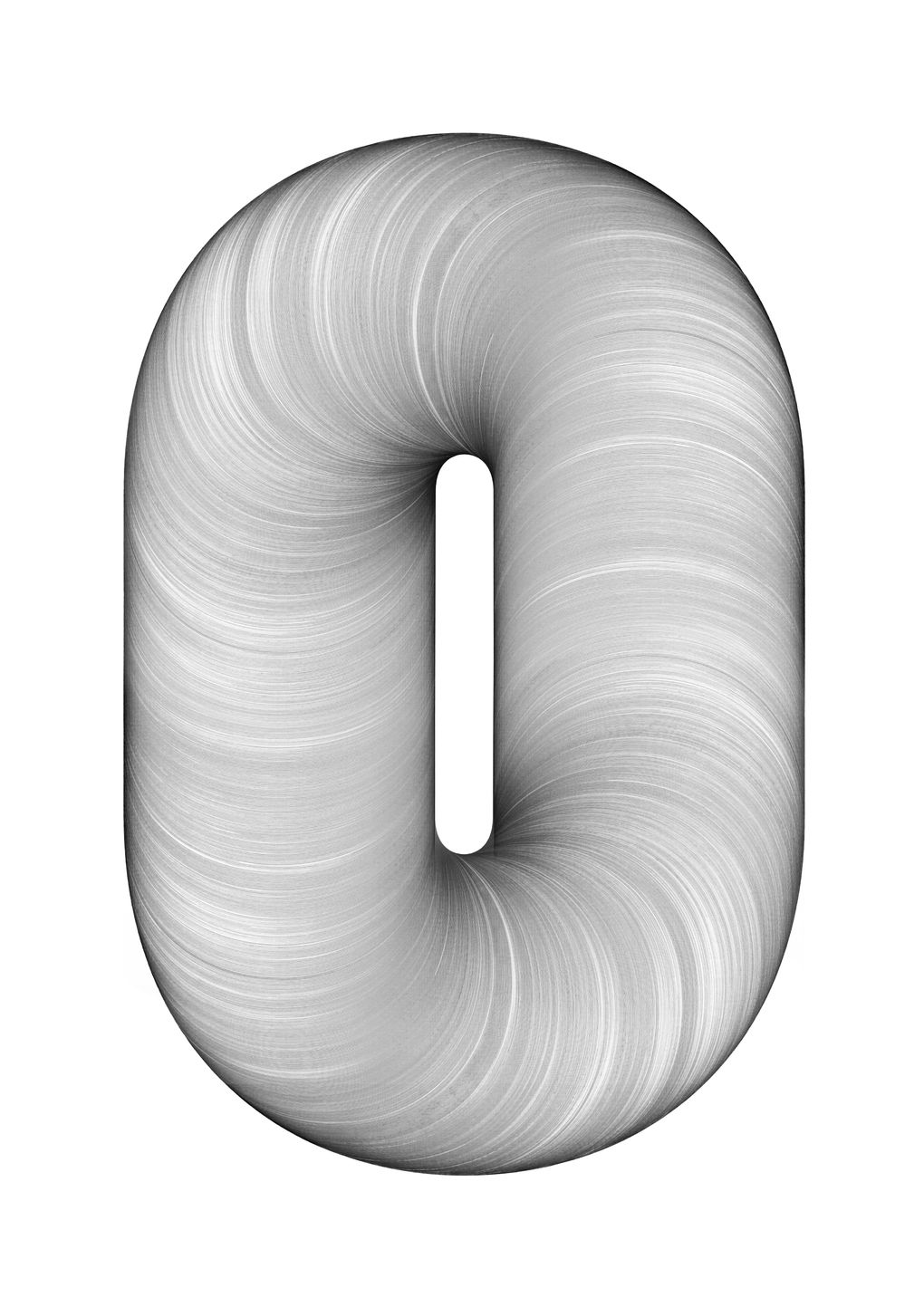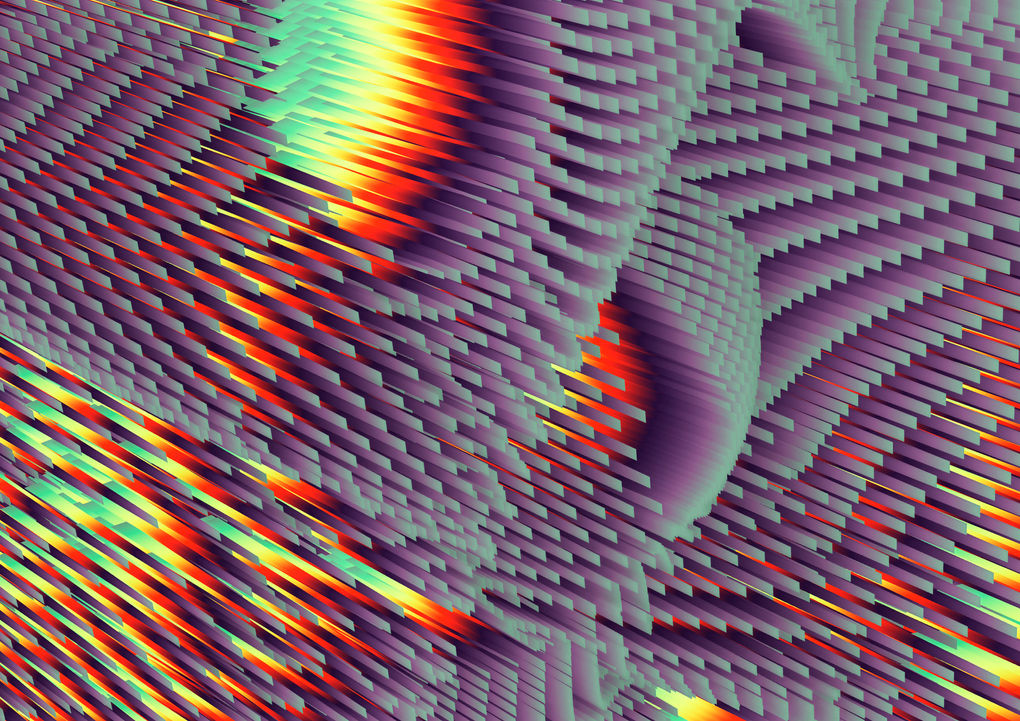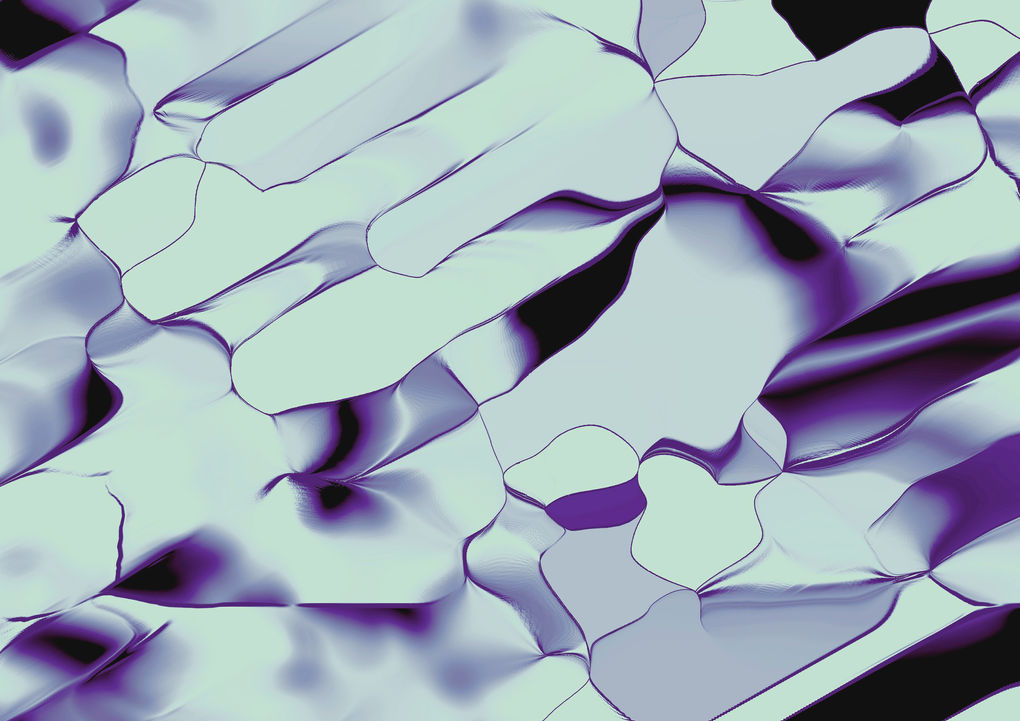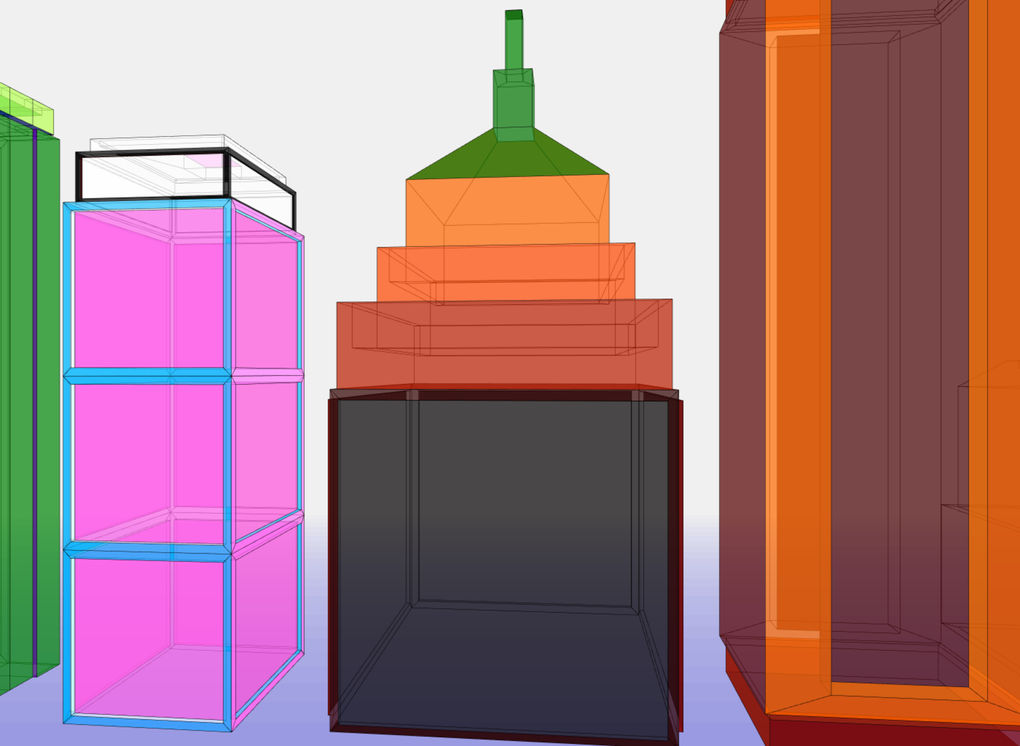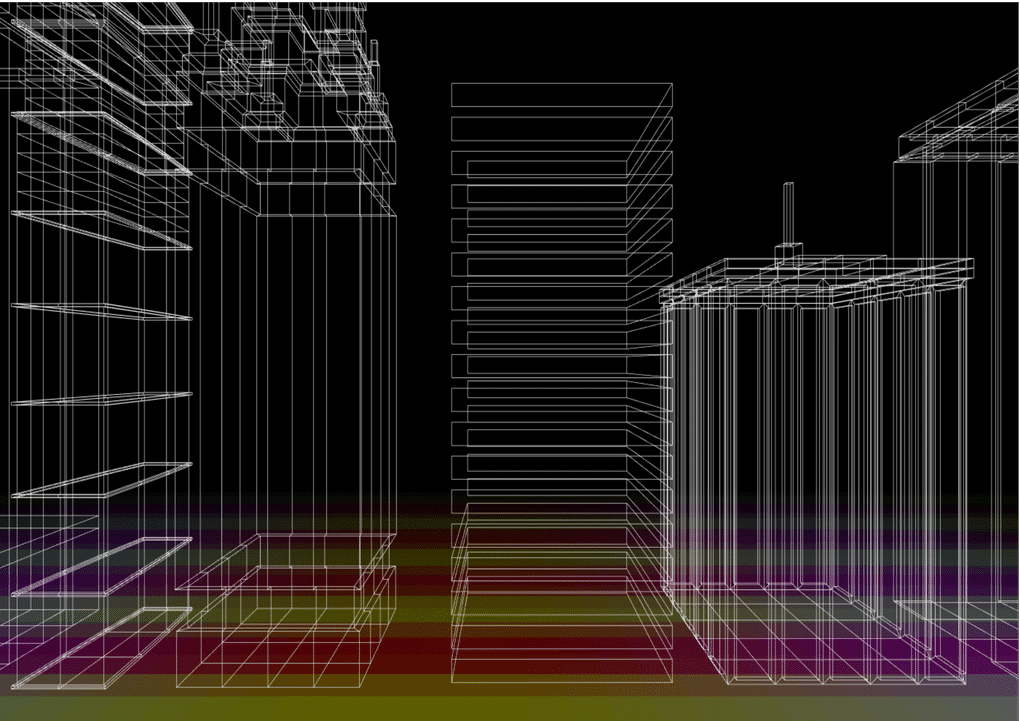Source: The Artling.
We live in an age where many facets of our lives rest on the backbone of technology, including the way we create and experience Art. The growing field of Generative Art stands as a prime example. The term refers to any art practice that uses an autonomous system, with the artist constructing its infrastructure, defining its parameters, and selecting the final artwork(s) from the multiple outcomes it supplies.
From the geometry-based tiles in Islamic Art to the rule-driven works of Conceptual artists like Sol Lewitt, generative art it is most commonly associated with artworks made using computer softwares and programming systems. In essence, the artist creates the framework within which a machine then produces the final visual product.
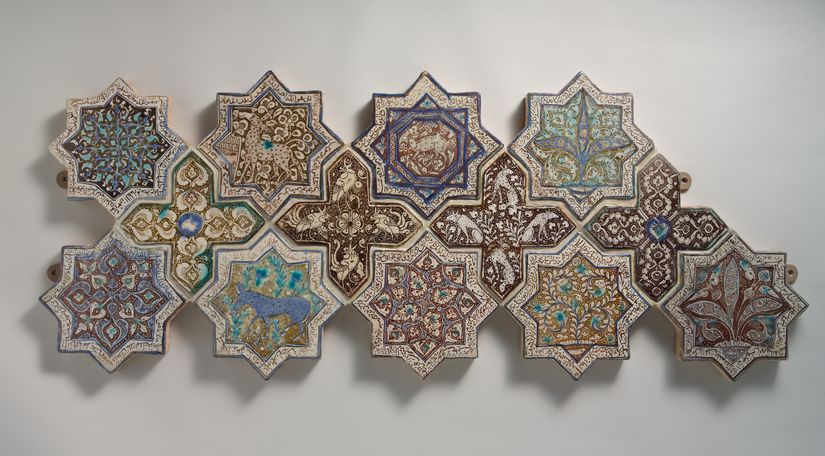
Eight-Pointed Star-Shaped Tile from the 13th century. Image courtesy of The Metropolitan Museum of Art.
How is Generative Art created?
Similar to the different types of materials and tools that traditional artists can choose from, there are many ways to produce Generative Art. Pioneers such as Georg Nees, Frieder Nake, and A. Michael Noll programmed computers to control the movement of mechanical drawing devices called plotters in the 1960s. Given the equipment’s technical limitations, most of their works are structured and geometric in form.
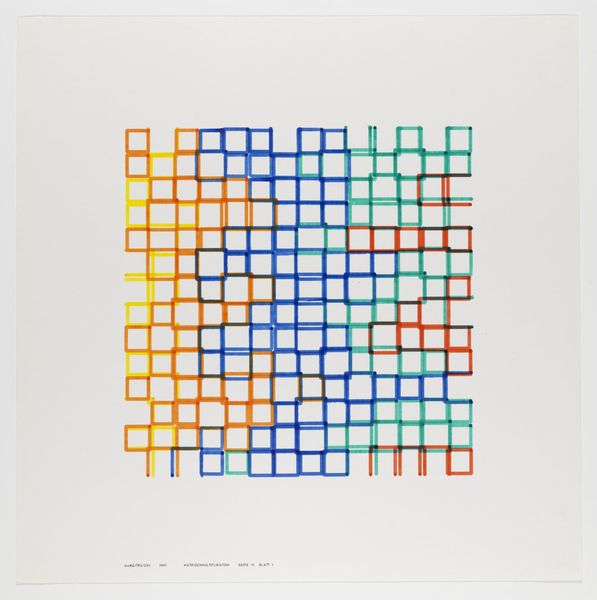
‘No title’ by Frieder Nake. Image courtesy of Tate.
The Internet’s proliferation in the 1990s saw the increased usage of programming languages. As netizens dabbled into their potential as generative art tools, a new demand arose for code that is open-source and easier to navigate. Processing responded to this gap in the market. In contrast to traditional art forms and digital drawing tools, the text window interface of programming is much more familiar to a software developer than an artist. However, the simpler form of the programming language has invited artists to explore using this technology in their creative practices.

‘Intersection Aggregate’ by Jared Tarbell, made with Processing. Image courtesy of complexification.net
While programmes have been written to serve creative functions, the reverse also occurs when programmes are developed for other purposes, and are eventually adopted by artists for art making. A noteworthy example is a branch of artificial intelligence known as Generative Adversarial Networks (GANs). Artists can train deep-learning algorithms to acquire a specific aesthetic by studying images, and generating new ones that align with what it has learned.
A common thread across these tools is their element of randomisation amidst seriality. While the artist manages and decides what goes into the artwork’s final form, the output of the automated system remains unpredictable. A simple analogy will be that of a musician: the musical scales are standardized, but the player is free to make nuanced variations when playing the piece. It is this dance between precision and serendipity that makes generative art —in the words of artist Hans Dehlinger — “a fantastic playground for art”.

‘Edmond De Belamy’ by Obvious Art, made with a Generative Adversarial Networks algorithm. Image courtesy of Obvious Art.
Generative Artists to Know
Casey Reas
In addition to being the co-developer of Processing, Casey Reas also produces prints and site-specific installations using softwares. One example is ‘Signal to Noise’ – a collage engine that uses television signals as raw material. Like early twentieth-century collages built from the media of that epoch, it breaks down, distorts, and forms new data structures.
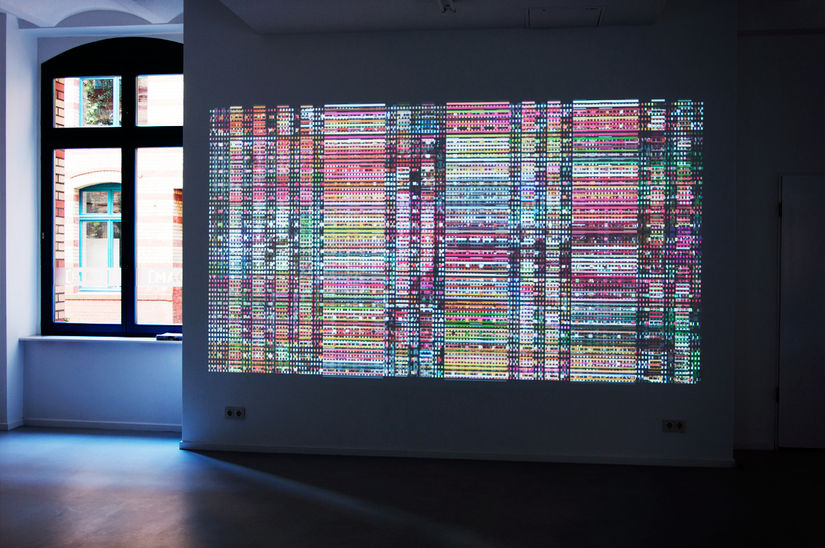
‘Signal to Noise (Software 1)’ by Casey Reas. Image courtesy of Casey Reas.
Jon McCormack
Jon McCormack works at the nexus of art, technology and society. With an enduring interest in computing, his experimental practice incorporates generative art, sound art, evolutionary systems, computer creativity, physical computing and artificial intelligence.
The complexity and wonders of nature blend with speculative science fiction in McCormack’s electronic ‘after natures’. These works imagine alternate forms of artificial life which, due to unfettered human progress and development, may one day replace a lost biological nature.
The ‘Morphogenesis’ series showcases such evolved artificial flora. Using custom software developed by the artist, algorithms based on biological evolution manipulate a digital form of DNA to generate impossible forms of nature. These forms are inspired by Australian flora, but have been mutated and crossbred to form strange new species of plants.
Refik Anadol
“Can data become a pigment?” This question lies at the heart of Refik Anadol’s practice. Dedicated to showcasing “the poetics of data”, his studio team combines media arts with architecture, colliding virtual and physical worlds.
One of Anadol’s most riveting works is ‘Machine Hallucinations’, which trained the StyleGAN algorithm to process and visualise a dataset of 213 million images featuring New York City. What emerged is an immersive installation that transforms data into sensory knowledge that can be experienced collectively.

‘Machine Hallucination’ by Refik Anadol. Image courtesy of Refik Anadol.
Nicolas Berger
Code archaeology is the study of poorly documented or undocumented legacy software implementations. Just like how archaeologists excavate sites and gather knowledge of ancient cultures to inform ongoing or future insights, this step in software maintenance recovers design information to understand and enhance the program structure.
Nicolas Berger’s craggy generative pieces are not just depictions of geological formations — they also pose as visual representations of old codes, lost portions of databases, and unused erratic data forgotten with subsequent developments in technology. Suspended in a vacuum, they show similarities between the past and present.
Hiromasa Fukaji
Hiromasa Fukaji takes an interest in artistic expressions borne at the increasingly blurred boundary between the physical and the digital realm. His ‘Plotter Drawing’ series converts digital data into physical movements by a plotter, which are paired with writing materials such as pencils and ballpoint pens to create drawings.
When the digital world’s precise linework is made using analog tools, factors including friction, humidity, and atmospheric pressure come into play. They create “accidental expressions” such as blurred areas in the drawing that introduce an element of unpredictability into an otherwise purely geometrical form.
Turning Torso
David Sánchez, who also goes by the name Turning Torso, is an audiovisual artist whose works are characterised by a strong sense of rhythm, energetic tones, and refreshing play on the illusion of space. Their abstract morphing textures correspond to the increasingly abstract state of contemporary times.
Larva Labs
Ever witnessed the London punk movement of the 1970s in pixels? The ‘Cryptopunks’ are a collection of 10, 000 unique pixel portraits of eccentric figures. While they share similar qualities such as beanies and rosy cheeks, each portrait remains unique. They were generated by a software built by New York-based software company Larva Labs.
When asked about their specific decision to feature punk figures, founders Matt Hall and John Watkinson highlighted the similarities between the movement and the early days of the more recent blockchain movement or even generative art — aside from posessing a zesty anti-establishment attitude, these facets of culture are also fuelled by the bold experimentation and expression of passionate people.

‘CryptoPunks’ by Larva Labs. Image courtesy of Larva Labs.
Rafa Diniz
Rafa Diniz’s ‘acidNBuildings’ series depict architectural objects made within the Processing Java programming environment. Positioned at eye level within a synthetic environment, they seem to possess a life of their own, like architectural cyborgs.
As a portal to endless possibilities and novel ways of understanding the world, Generative Art has been gaining considerable traction in recent years. At The Artling, we are always looking to new media that artists are exploring, and are excited to have launched a Generative Art collection with some of the most exciting generative artists, that can be browsed here.








